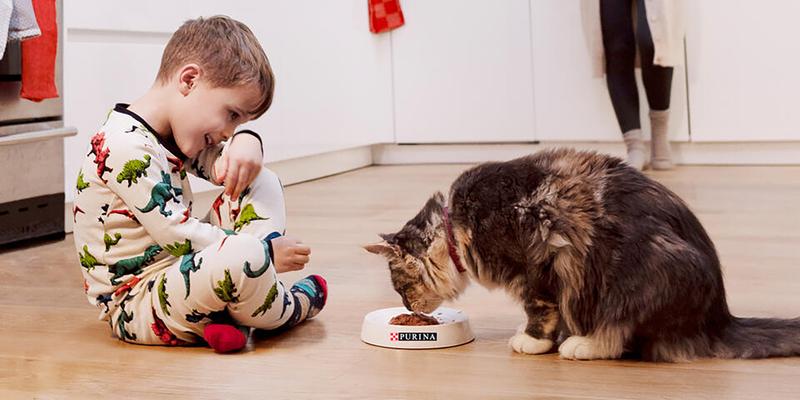
How Pet Owners Can Make a Difference with Recyclable Packaging

While most Americans may say they're environmentally conscious and care about recycling, their daily habits haven't caught up with their good intentions. In fact, EPA reports that the recycling rate is currently only at about 32%. Part of this is due to confusion about what and how to recycle. If you’re one of the growing number of people with a pet at home, your recycling habits may be even more complex by adding pet product packaging into the mix. With so much packaging produced today, your choice between the recycling bin and the trash can feel inconsequential in the grand scheme. But the truth is, every day consumers play a crucial role in reducing waste.
In an ideal world, we would operate in a “circular economy,” where the materials we now consider waste instead serve a secondary purpose. Some companies are committing to the environment by switching to more sustainable manufacturing processes and using recyclable — and recycled — materials in their packaging. But it takes more than just what companies can do alone; businesses rely on consumers to recycle correctly, fueling the supply of materials used to produce more environmentally-friendly packaging.
Many consumers engage in ‘wish recycling’ — dropping an item in the bin and hoping it will be recycled. At Purina, which makes some of the most popular pet care products, not only are we focused on empowering pet owners to choose the recycling bin instead of the trash, but we’re also working to educate people on engaging in thoughtful recycling that avoids contaminating the waste stream.
What Purina is Doing to Improve Its Eco-Friendly Packaging
Over 90% of Purina packaging is already made with materials that can be recycled. Aluminum, which can be endlessly recycled, makes up a large part of the brand’s product packaging and is accepted in single-stream recycling which is picked up at your curb. However, only a fraction of the aluminum cans manufactured are made of recycled material, due to lack of supply. This is where consumers play an important role in closing the loop. When consumers rinse and recycle aluminum pet food cans, this creates a supply of second-life aluminum that’s repurposed from scrap metal which generates far less greenhouse emissions than new aluminum. By creating a system that reuses existing resources instead of following a single-use method, it's possible to significantly reduce the harm done to the planet through consumerism and manufacturing.
What You Can Do
First, support environmentally conscious brands when shopping. Purina is also making progress in recyclability beyond aluminum. The company is hard at work to make all its packaging recyclable or reusable.
Unsure about what can be recycled when it comes to pet product packaging, and how to recycle it? First, check with your local recycling facility to be sure you’re following their guidelines.
Here are some basic tips to prepare pet product packaging for recycling:
- Metal cans: Rinse and drop into your single-stream recycling bin.
- Plastic tubs: Rinse and drop into your single-stream recycling bin.
- Tidy Cats containers: Empty and drop into your single-stream recycling bin.
- Cardboard from variety packs: Drop into your single-stream recycling bin.
- Shrink wrap from variety packs: Drop off at your local grocery store where available. To search your area, visit plasticfilmrecycling.org.
You can also always look for the "How2Recycle" label on any Purina brand package for help with recycling. If the package doesn’t include that label, it's safe to say the product is not recyclable.
ABOUT THE AUTHOR:
Nida Bockert, Senior Director of Portfolio Innovation, Optimization and Sustainability, at Nestlé Purina
Nida Bockert has worked at Purina for over 22 years and currently serves as the Senior Director for Portfolio Innovation, Optimizations and Sustainability. In her role, she leads portfolio communication strategy around Sustainability, partnering with our sustainable sourcing, packaging, recipe, manufacturing and logistics team, to bring to life sustainable solutions. Nida has been inspired by a quote from author Rick Swan that said “The greatest threat to our planet is the belief that someone else will save it,” and has made it her personal mission to educate and challenge the organization to make a positive difference for the planet through our actions across departments. In her free time, Nida practices Yoga and enjoys spending time with her family, including her 3 kids, 2 cats and 2 dogs.

